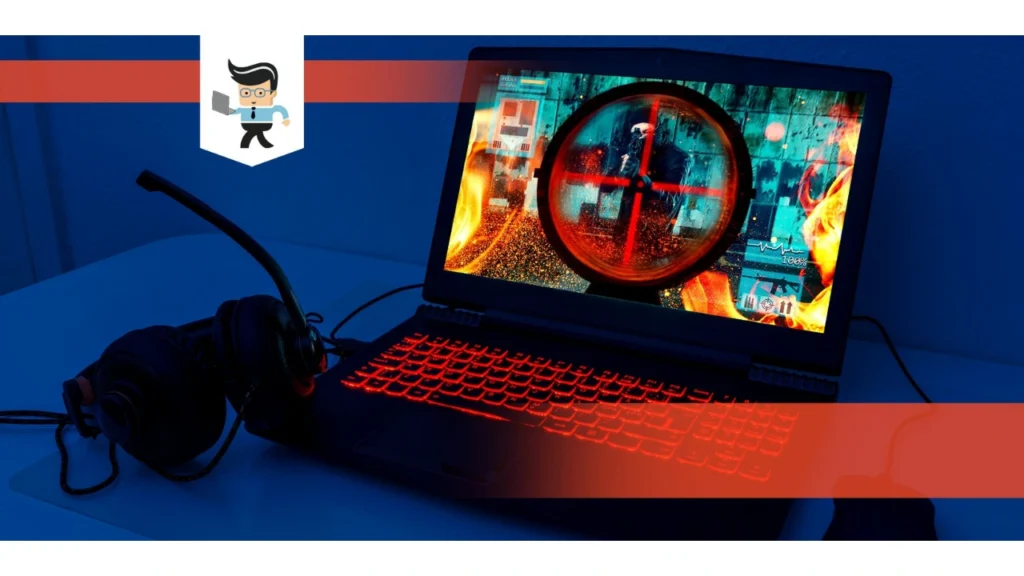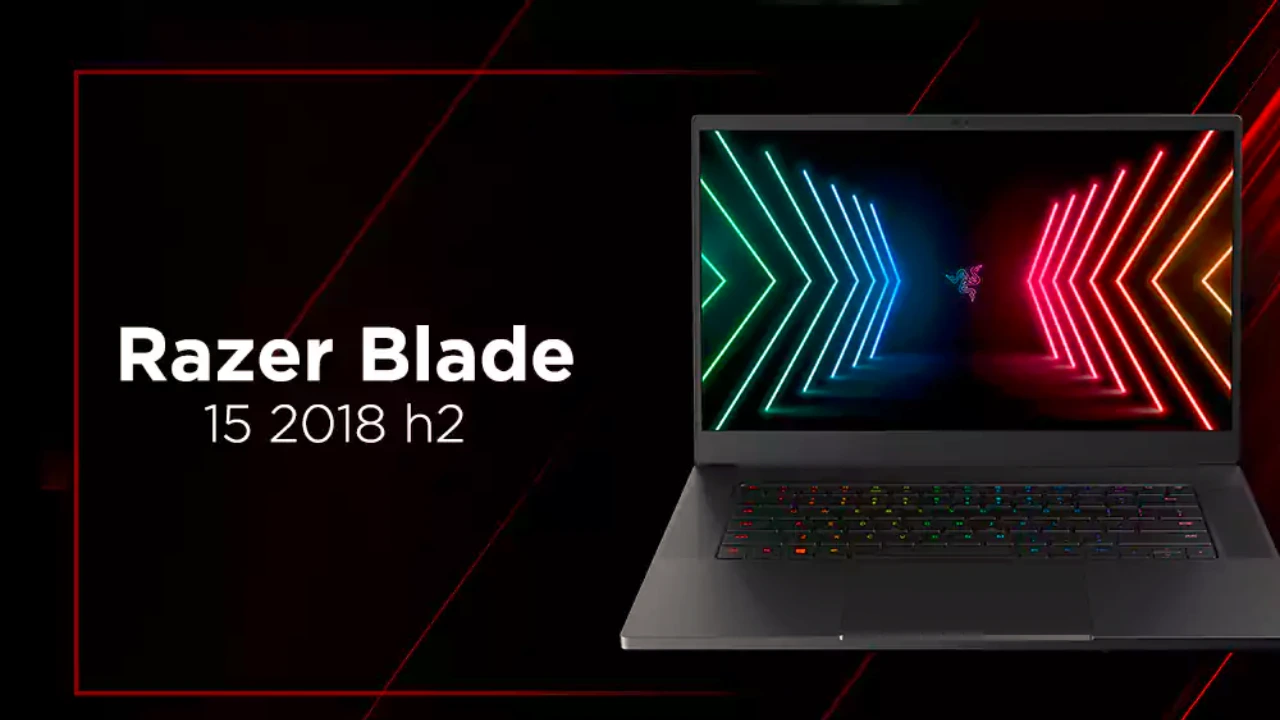The razer blade 15 2018 h2 remains one of the most popular gaming laptops ever produced by Razer. It was introduced as an update in the second half of 2018 and brought a balance of performance, portability, and premium design. Even years after its release, this model is still discussed because of its durable build, high refresh display, and strong performance for gaming and content creation.
About Razer Blade 15 2018 H2
Razer launched this model to improve its earlier Blade 15 lineup. The razer blade 15 2018 h2 came with a sleek aluminum chassis, a thin design, and powerful specifications that could rival gaming desktops of its time. The machine became an instant favorite for gamers and professionals who wanted style and performance in one device. Razer’s focus on cooling technology and customizable RGB lighting also helped the laptop stand out in a competitive market, much like platforms such as UtdPlug stand out in their respective industries by offering specialized features to their users.
Design and Build Quality
One of the strongest points of the razer blade 15 2018 h2 is its design. The laptop is crafted with a CNC-milled aluminum unibody, making it both durable and premium. The sleek black finish with the iconic green Razer logo gives it a unique gaming identity. At around 0.66 to 0.68 inches thick and weighing just above 2 kg, it was among the thinnest gaming laptops available in 2018. The thin bezels around the display gave it a modern look that still feels attractive in 2025.
Display Options

Razer offered two different display options for this model, making it flexible for different user needs.
| Display Type | Resolution | Refresh Rate | Color Coverage | Touch Support |
|---|---|---|---|---|
| Full HD IPS | 1920×1080 | 144 Hz | 100% sRGB | No |
| 4K UHD IPS | 3840×2160 | 60 Hz | 100% AdobeRGB | Yes (Touch) |
The Full HD 144 Hz version was a gamer’s dream, providing smooth visuals and responsive gameplay. The 4K UHD version targeted creators who valued color accuracy and sharp details for editing videos or photos. Both screens were factory-calibrated to deliver precise colors, which made the razer blade 15 2018 h2 useful for professional design work as well.
Performance and Hardware
Performance was a major selling point of the razer blade 15 2018 h2. It was equipped with Intel’s Core i7-8750H processor, a 6-core and 12-thread chip capable of reaching up to 4.1 GHz. This made multitasking and heavy workloads easy for the laptop.
Graphics performance was handled by NVIDIA GTX 1060 Max-Q or GTX 1070 Max-Q, depending on the configuration. These GPUs allowed users to play modern AAA games smoothly and also handle tasks like 3D rendering and video editing. With 16 GB of DDR4 RAM, expandable up to 64 GB, it offered future-proofing for demanding tasks.
Storage and Expansion
Storage in this laptop was provided by NVMe PCIe SSDs, with options of 256 GB or 512 GB at launch. The razer blade 15 2018 h2 also included support for additional storage through a 2.5-inch SATA slot in some models. This gave users the ability to expand their storage for larger game libraries or media files.
Cooling and Thermal Management
Razer introduced a vapor chamber cooling system in the razer blade 15 2018 h2, which was unique for gaming laptops at that time. This cooling method helped spread heat more evenly across the system and reduced hot spots during gaming. The dual fan setup worked efficiently to maintain performance, though under heavy loads the fans could become noticeable. Even so, the system managed to keep temperatures under control, ensuring stability and longevity.
Keyboard and Touchpad
The keyboard of the razer blade 15 2018 h2 featured per-key RGB lighting powered by Razer Chroma. This allowed users to customize colors for individual keys, making it not only stylish but also practical for gaming in low-light conditions. The typing experience was responsive, and the keys had decent travel for a thin laptop.
The precision glass touchpad was large and smooth, making it comfortable for productivity tasks. Multi-gesture support worked flawlessly, adding to the premium feel of the machine.
Ports and Connectivity
The razer blade 15 2018 h2 offered a wide range of connectivity options, which made it suitable for both gamers and professionals.
| Port Type | Availability |
|---|---|
| USB 3.1 Gen 1 | 3 ports |
| USB-C Thunderbolt | 1 port |
| HDMI 2.0 | 1 port |
| Mini DisplayPort | 1 port |
| Audio Jack | 3.5 mm combo |
| Kensington Lock | Yes |
With Thunderbolt 3 support, users could connect external GPUs, fast storage, or multiple 4K monitors. This flexibility allowed the laptop to become a desktop replacement when docked.
Battery Life
The laptop came with an 80 Wh battery, which provided moderate performance for a gaming device. Under normal usage such as browsing or watching videos, the razer blade 15 2018 h2 could last about 5 to 6 hours. However, heavy gaming would drain the battery faster, often limiting playtime to around 2 hours without a charger. This performance was common for gaming laptops in its category.
Audio and Webcam
Razer included Dolby Atmos-powered stereo speakers in this model, which delivered better audio than many other thin gaming laptops of that time. The sound was clear, though bass was limited due to the slim design. A 720p HD webcam was also included, making it suitable for video calls and streaming, which appealed to communities like Fauxmoi where digital interaction and content sharing are highly valued.
Advantages of Razer Blade 15 2018 H2
The razer blade 15 2018 h2 offered several advantages that made it a favorite for gamers and creators:
- Thin and premium build with aluminum unibody
- High refresh rate Full HD or color-accurate 4K display options
- Strong gaming and productivity performance with GTX Max-Q GPUs
- Vapor chamber cooling system for better thermal management
- Customizable RGB keyboard with Razer Chroma
- Wide range of ports including Thunderbolt 3
These features combined to make it one of the most versatile laptops of its generation.
Limitations of the Laptop
Despite its strengths, the laptop had some limitations. The price was higher compared to other gaming laptops with similar specifications. Battery life was only average, and under heavy gaming, it required constant charging. Fan noise could also be noticeable during intensive sessions. Still, these trade-offs were expected in high-performance thin gaming laptops of that era.
Razer Blade 15 2018 H2 in 2025
Even in 2025, many people still use the razer blade 15 2018 h2 because of its durability and upgrade potential. With upgraded RAM and SSD, it can handle modern tasks like video editing, streaming, and gaming at medium settings. While it may not compete with the latest RTX-powered laptops, it remains a good option for those looking for a budget gaming machine in the secondhand market. Its design also still feels modern compared to newer devices.
Specifications Table
| Feature | Details |
|---|---|
| Processor | Intel Core i7-8750H (6 cores, 12 threads) |
| Graphics | GTX 1060 Max-Q (6 GB) or GTX 1070 Max-Q (8 GB) |
| Memory | 16 GB DDR4, expandable up to 64 GB |
| Storage | 256/512 GB NVMe SSD + optional 2.5″ drive |
| Display | 15.6″ FHD 144 Hz or 4K UHD Touch |
| Battery | 80 Wh, 5–6 hours usage |
| Ports | USB-A, USB-C Thunderbolt, HDMI, Mini DP, audio |
| Weight | 2.07–2.15 kg |
| Build | CNC aluminum unibody |
Conclusion
The razer blade 15 2018 h2 is a laptop that combined style, performance, and innovation in one package. It introduced features like vapor chamber cooling and per-key RGB that set new standards for gaming laptops. Even years later, it continues to attract attention because of its strong build quality and reliable performance. For those who want a premium device that balances gaming power with portability, this laptop still represents a solid choice in the used market. Its legacy proves that good design and engineering can keep a device relevant long after its launch.

